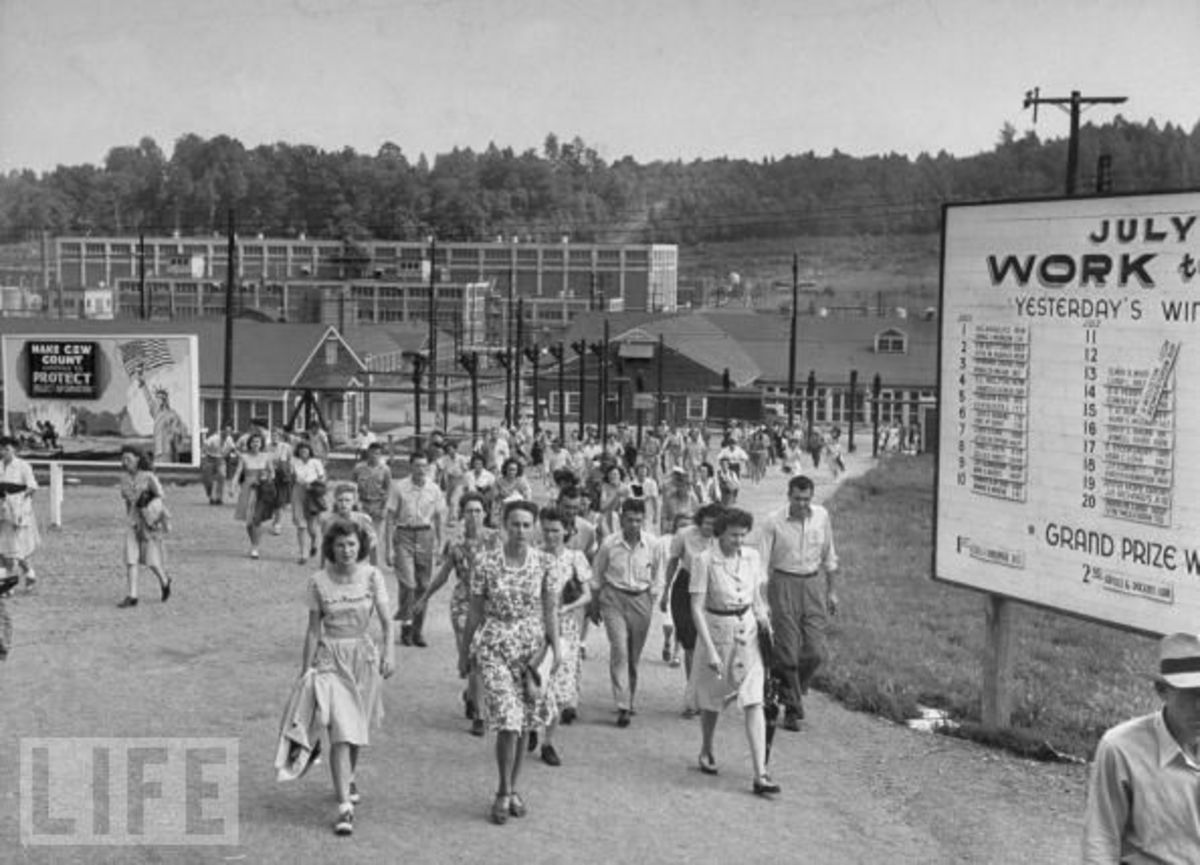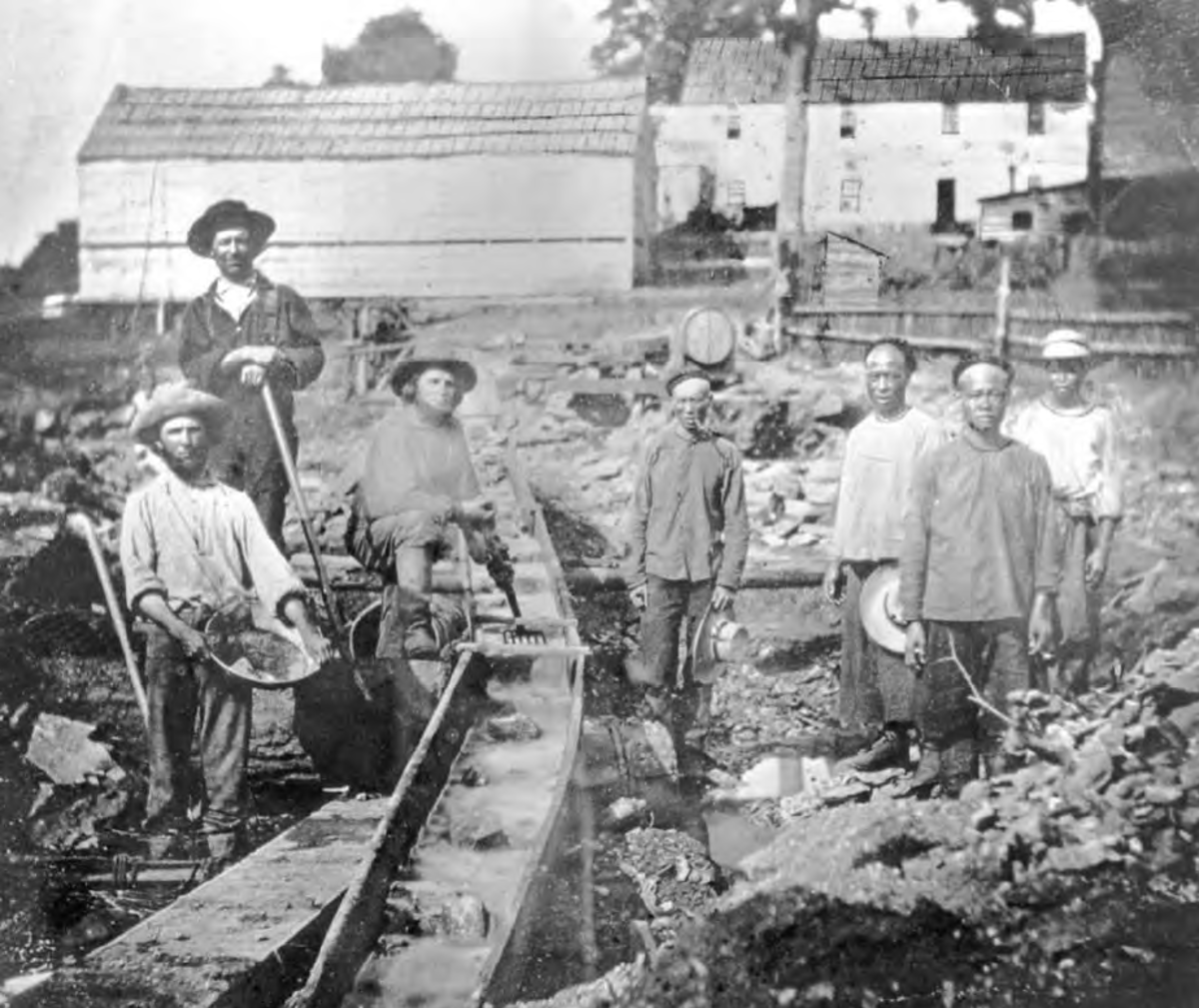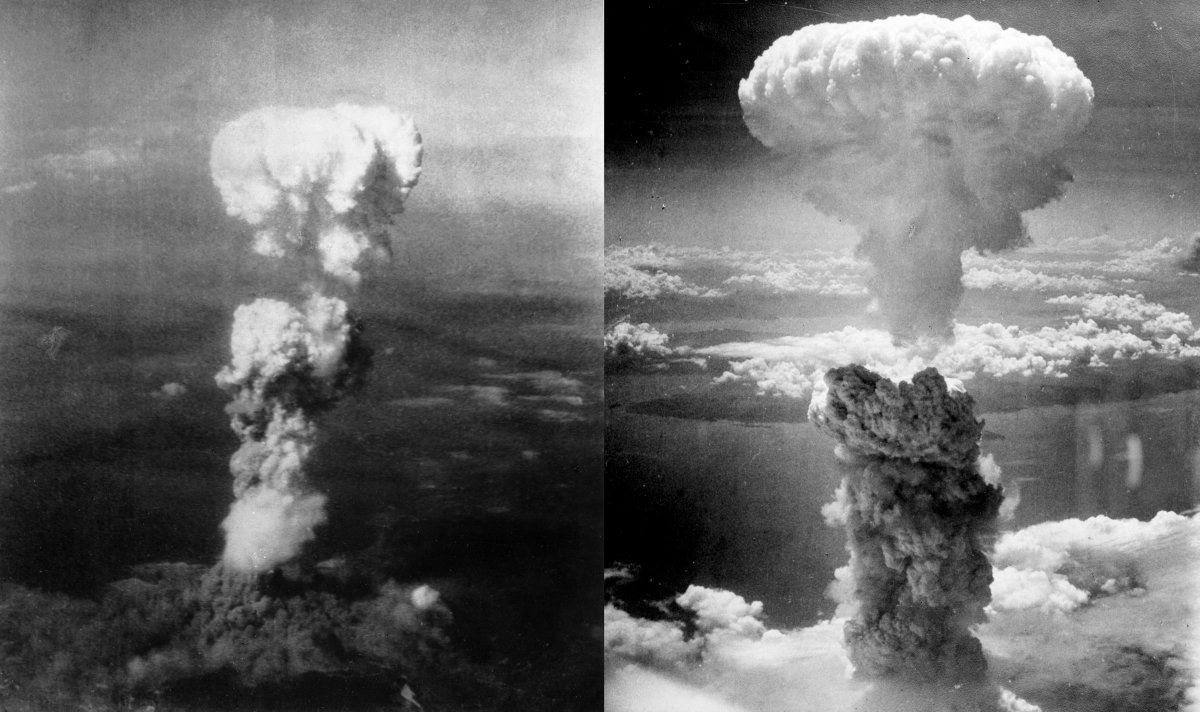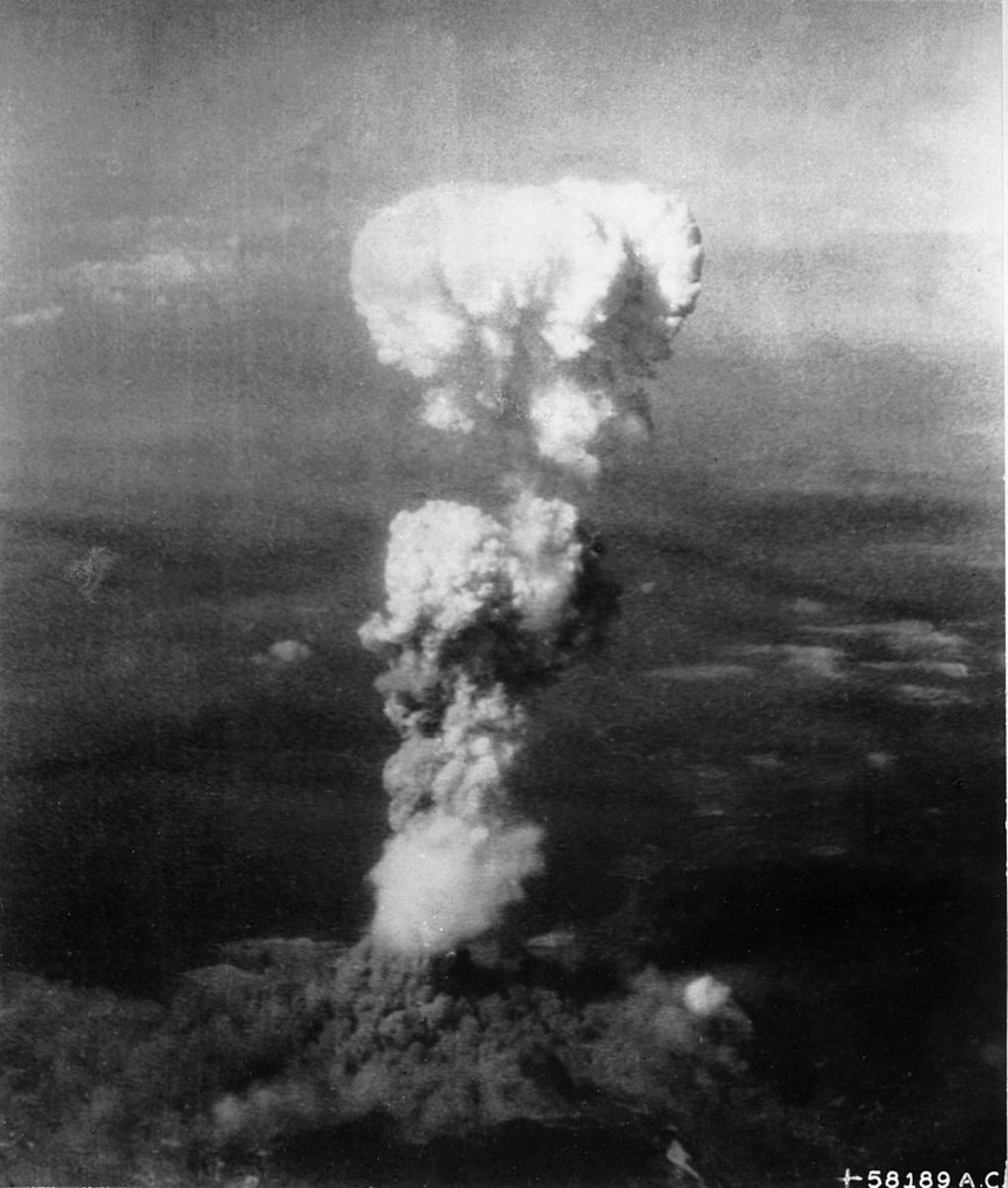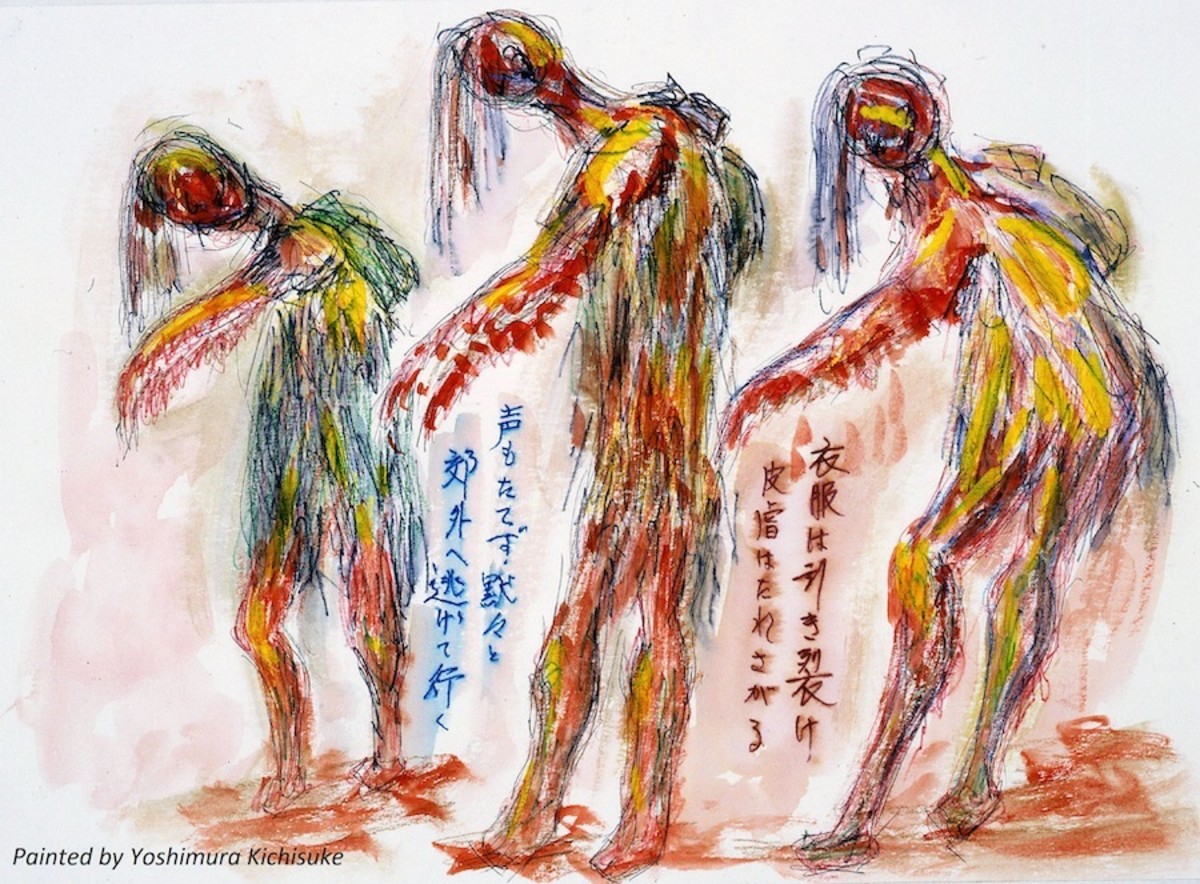A Bomb, a Missile, and a Satellite That Changed China Forever
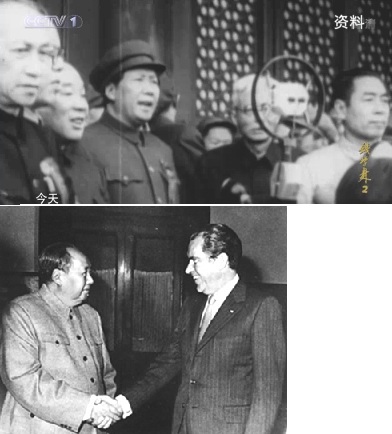
When Mao Zedong stood above the Tiananmen Square and proclaimed the establishment of the People of Republic of China on October 1, 1949, no country in the world would pay too much attention about the historical event. Mao’s communist party had just taken over a nation of a billion people ravaged by internal conflicts and external invasions for the last 100 years. With no money, minimum external help (only Russia), and most importantly, no foreign occupations, Chinese people happily and willingly started to rebuild the country from scratch literally en masse with their bare hands. In 1964, the Chinese succeeded in detonating the first atomic bomb. In 1966, they developed the mid-range missile with nuclear warhead capability. In 1970, China sent the first satellite into space. With these 3 monumental achievements, China joined Unites States, Russia, Britain, and France among the most powerful nations on Earth. In 1972, President Nixon came knocking at the door and established diplomatic relations with China ringing true the notion that A Weak Country Has No Diplomacy .
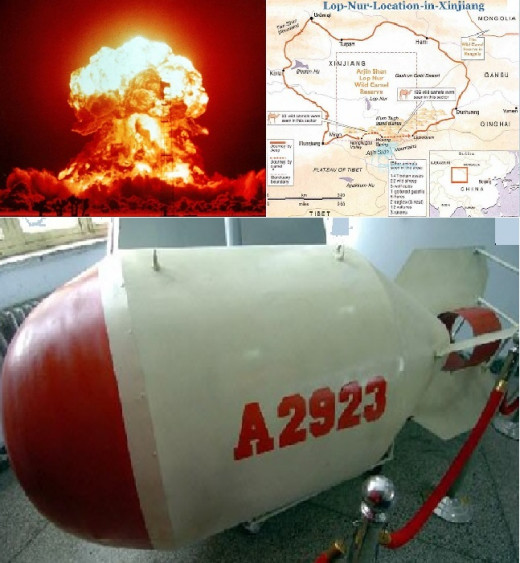
The Bomb
During the Korean War (1950-1953), as the Chinese used relenting waves of human power to inflict heavy causalities to a superiorly armed American force, President Truman threatened to use atomic bombs like the one dropped in Japan against China. But fearful of a reprisal by Russia (China’s big brother at the time), United States backed down and agreed to sign a peace treaty instead. The experience taught Mao and his government the importance of nuclear weapons to the country’s survival. So, in 1955, during a visit by Russian President Khrushchev, Mao persuaded Russia to help China to build its nuclear industry. However, the assistance lasted only for 4 years when in 1959, Russia informed China that all support personnel and materials would be called back and stopped as Russia prepared to start a ban on nuclear testing with United States and Britain. The whole country was stunned by the news but at the same time, it also strengthened China’s resolve to continue the effort on its own.
Starting in 1960, Mao and his foreign-educated scientists drafted a detail plan that would involve the participation of all agencies of the government and mobilizing a mass of more than 100,000 people. The plan involved:
1) Find, excavate, extract, and enrich Uranium 235, the key ingredient of the atomic bomb.
2) Design and build the necessary precision scientific monitoring and measuring equipments.
3) Calculating and solving the complex mathematic equations required to achieve a synchronized implosion to trigger the U235 chain reactions.
It was a monumental undertaking considered that China had no prior nuclear experience and advance scientific research facility. In addition, from 1959 to 1961, China endured a great famine that caused the death to millions of civilians. In 1964, against all odds, China succeeded in detonated an atomic bomb with a ground tremor that was felt around the world.

The Missile
With the help of the captured German rocket scientists after WWII, Russia and United States were able to develop the inter-continental missile and used the technology to launch their first satellite into space in 1957 and 1958, respectively. China was able to test flight a short range missile based on the design of a de-commissioned R1 rocket donated by Russia. After Russia broke off diplomacy with china in 1959, China was left alone to develop the mid-range and inter-continental missiles. The task fell mainly on the shoulder of Qian Xuesen, a rocket scientist educated at MIT and CIT in the 1940s. He was also a founding member of California’s Jet Propulsion Laboratory. Upon his returning to China in 1955, Qian was put in charge of the newly formed Missile and Space Technology division.
In 1967, China successfully tested flight a mid-range missile developed completely on its own effort. Later that year, China was able to modify the same missile to carry a nuclear warhead and hit the intended target two thousand miles away. In 1980, China successfully developed its own inter-continental ballistic missile. For his efforts and dedications, Qian was honored as the father of the Chinese missile technology. Qian passed away in 2007 at the age of 97.
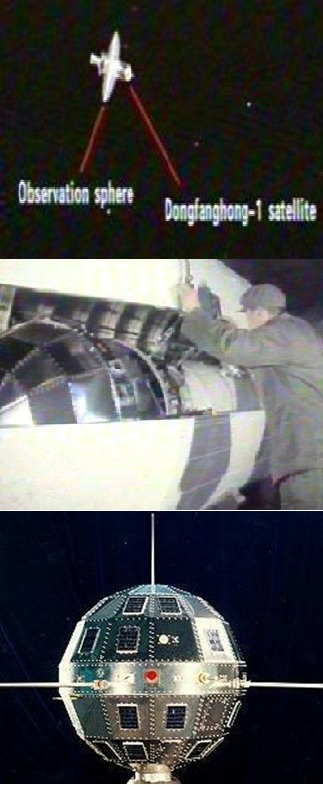
The Satellite
After seeing Russia’s Sputnik and United States’ Explorer-1 satellites flew into space in 1957 and 1958, respectively, China sensed the urgency and significance of sending one of its own into space. In 1958, a task force of top scientists was formed to make it into a reality. Soon, they realized that for lacking a delivery rocket, they could not plan a launch date. But, the scientists went ahead with building the vacuum test chambers and the ground tracking stations, understanding launch climate conditions, plotting for the optimal Earth orbits, etc. It was not until 9 years later in 1967 when China successfully tested flight the mid-range missile that the scientists saw the light at the end of the tunnel. In 1970, China launched its first satellite, DFH-1, on a 3-stage rocket converted from the mid-range missile into space. DFH-1 remained approximately 275 miles above Earth in orbit for 28 days broadcasting a popular song, The East Is Red, that could be received and heard by any radio on the ground.

